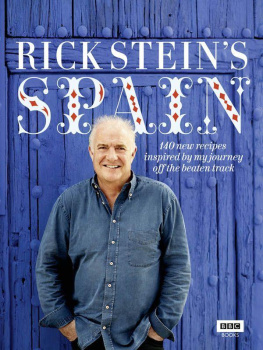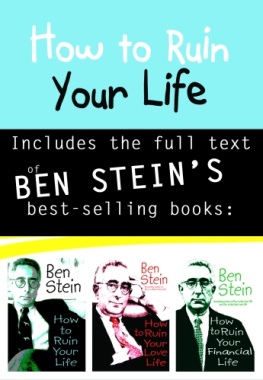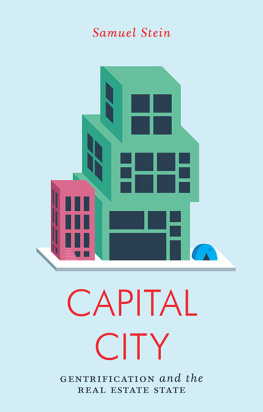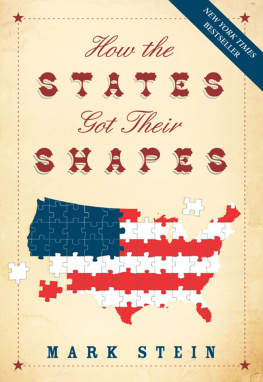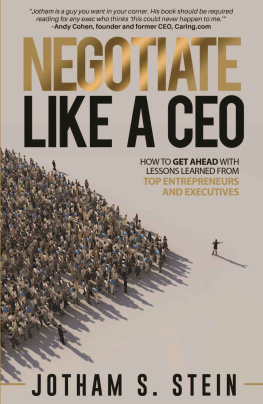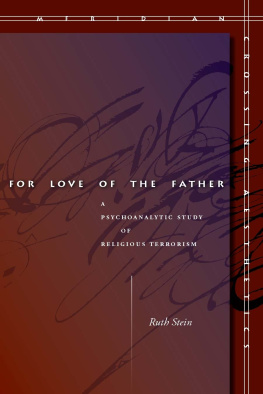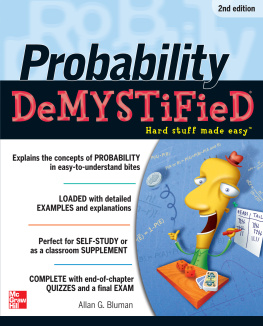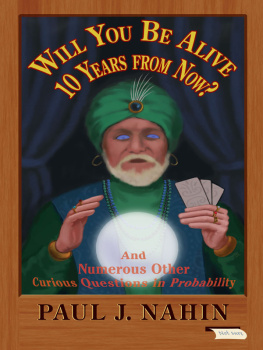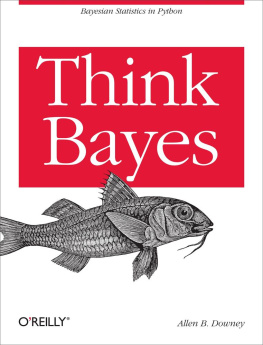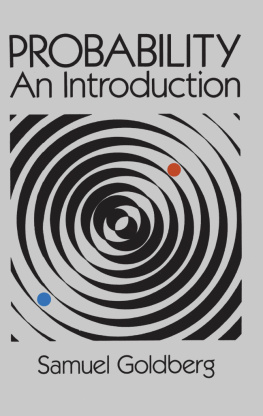Introduction to Probability: 4600 Solved Problems and Practice Exercises Involving Dice, Marbles, Coins, and More!
Dorothy Stein
Introduction
Probability Theory is at the heart of almost every rational decision we make in our lives.
It lies at the heart of every game of chance, and huge sums are won and lost based on split-second mental calculations of the probability that a choice made is likely to win.
It lies at the heart of decisions we make about purchases and investments: all cost-benefit analyses rely on probabilistic projections of the probable benefit in the most likely future case.
Probability Theory can be unbelievably complex to master at the highest level.
However, the basics of this important field of mathematics and economics are very simple.
This book is dedicated to the basics of probability theory.
The target audience for this book is quite large. Anyone who wants a first course in probability or a refresher course in the subject can go through the theory, the solved problems, and the practice exercises in this book with much profit.
The book starts with a detailed examination of one of the most common examples in any introductory textbook on probability: dice. As I take the reader through every case when 1 die, 2 dice, and 3 dice are rolled, I make sure that understanding of the subject is motivated through the many case studies that I have chosen; dozens of different solved examples have been presented to the reader so that you will be armed with the tools to tackle any real life problem.
I then take you through two more classic introductory probability examples: coins and marbles. These illustrate many points that a more advanced student of probability will find useful, and lay a strong foundation for conditional probability.
Table of Contents
Dice and Probability: Basic Theory
One of the first things you encounter in an elementary probability class (after you flip a coin) is a pair of dice. We start with one die (the singular of dice). The most common type of die is a cube with six faces. Each face has one of the numbers from 1 to 6 printed on it. A fair die is one where the probability of rolling any of the numbers between 1 and 6 is the same.
Solved Example 1
If a fair die is rolled once, what is the probability of rolling the number 3?
Solution : By the paragraph above, we know that rolling any one of the six numbers on the die is equally probable.
The probability of rolling some number is 1, since we will definitely end up with one of the numbers between 1 and 6 after our roll.
Therefore, the probability of rolling a particular number between 1 and 6 is the probability of rolling any number, divided by the number of cases (which, in this case, is 6).
The probability of rolling 3 = 1 / 6.
Are all single die problems as simple? Not always. The questions are often more complex, and require us to write down all possible cases in which our desired configuration occurs, count them, and divide them by the total number of different possible rolls. For example, a puzzle might ask us to calculate the probability of rolling an odd number on a single roll of a die. We know that the odd numbers between 1 and 6 are 1, 3, and 5 (a total of 3 odd numbers). We also know that the total number of different rolls with a die is 6. Hence, the odd number probability should be 1/2. The next solved example will explain this computation process in more detail.
Solved Example 2
If a fair die is rolled once, what is the probability of ending up with a number greater than 2?
Solution: As we already know: if a fair die is rolled once, the possible outcomes are 1, 2, 3, 4, 5 and 6. All the numbers are equally likely to show up on the die when rolled.
Now, we have been asked to find the probability that the number showing up on the die is greater than 2.
The numbers greater than 2 are: 3, 4, 5, 6.
The formula for calculating probability is:
Probability = Number of favourable outcomes / Total number of outcomes
(where, favourable outcomes are those outcomes which we want. In this case, we want numbers on the die greater than 2. Those are 3, 4, 5 and 6. So, the number of favourable outcomes is 4.
The total number of outcomes is, as we know, 6 (because we are sure that 1, 2, 3, 4, 5 or 6 will be seen when we roll a die.)
Hence,
Probability = Number of favourable outcomes / Total number of outcomes = 4/6 = 2/3.
Here is a related problem:
Solved Example 3
If a fair die is rolled once, what is the probability of ending up with a number less than or equal to 5?
Solution: The word less than or equal to means we have to include 5 as well. So here, the favourable outcomes are 1, 2, 3, 4 and 5. So, the number of favourable outcomes is 5. The total number of outcomes is still 6.
Hence,
Probability = Number of favourable outcomes / Total number of outcomes = 5/6.
Let us move on to some more mind-boggling problems, shall we? Oops, I wont be able to hear a yes or a no, so lettuce! (pun intended)
Solved Example 4
If a fair die is rolled once, what is the probability of ending up with an even number less than or equal to 5?
Solution: First we list down the even numbers less than or equal to 5 on a die: 2, 4. These are the only ones. All we have to do now is just use the formula.
Probability = Number of favourable outcomes / Total number of outcomes = 2/6 = 1/3.
So, we can move ahead and take two dice now and try to solve problems after rolling a pair of dice.
When two dice are thrown simultaneously, the total number of outcomes we have is 6 x 6 = 36.
Dice 1 rolls 1 | Dice 1 rolls 2 | Dice 1 rolls 3 | Dice 1 rolls 4 | Dice 1 rolls 5 | Dice 1 rolls 6 |
Dice 2 rolls 1 | (1,1) | (1,2) | (1,3) | (1,4) | (1,5) | (1,6) |
Dice 2 rolls 2 | (2,1) | (2,2) | (2,3) | (2,4) | (2,5) | (2,6) |
Dice 2 rolls 3 | (3,1) | (3,2) | (3,3) | (3,4) | (3,5) | (3,6) |
Dice 2 rolls 4 | (4,1) | (4,2) | (4,3) | (4,4) | (4,5) | (4,6) |
Dice 2 rolls 5 | (5,1) | (5,2) | (5,3) | (5,4) | (5,5) | (5,6) |
Dice 2 rolls 6 | (6,1) | (6,2) | (6,3) | (6,4) | (6,5) | (6,6) |
Solved Example 5
Josh had a pair of dice. He rolled both of them at the same time. What is the probability of:
1. Getting 4 as the product of the numbers on the die faces?
Favourable Outcomes = (2,2), (1,4), (4,1)
Number of favourable outcomes = 3
Total number of outcomes = 36
Probability = Number of favourable outcomes / Total number of outcomes = 3/36 = 1/12.
2. Getting a sum less than or equal to 5?
Favourable Outcomes = (1,1), (1,2), (1,3), (1,4), (2,1), (2,2), (2,3), (3,1), (3,2), (4,1)


